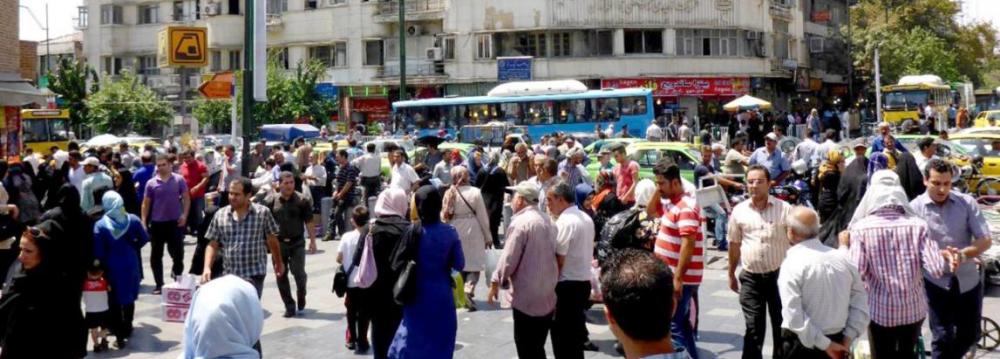Unless policies are revised and water demand curbed, Iran’s water stress will hit crisis levels once the population reaches 100 million, according to a university professor.
“Iran’s available water per capita will fall to 1000 cubic meters a year, which by international standards indicates severe water shortage,” said Najaf Hedayat, a faculty member at the Islamic Azad University in Dezful.
He echoed the stark warnings by an increasing numbers of economists and experts while addressing a conference on water resources management in Dezful, news website Khouznews reported.
By some estimates, Iran has about 130 billion cubic meters of renewable water every year, of which only 100 billion is accessible thanks to available technology.
According to World Bank estimates, Iran — and other regional countries — have a per capita water availability of around 1100 cubic meters per year compared to a global average of 7000 cubic meters per annum.
Experts are of the opinion that Iran’s water problems will reach critical levels by 2025.
Iran’s population is 80 million with an annual growth rate of 1.2%, which is below the minimum rate required to sustain the population and prevent decline.
According to the UN’s World Population Prospects in 2010, should birth rates continue their present pattern, Iran’s total population will begin to decline in two decades. In addition, the country’s population is aging, and if current trends continue, more than 50% of all Iranians will be over the age of 60 in six decades.
Following speech by the Leader of the Islamic Revolution Ayatollah Seyyed Ali Khamenei, the government has scrapped all birth control programs of the recent past in a policy change envisioned to double the population.
Last week, Iran and Russia reached an agreement to search for groundwater resources in South Khorasan, Kerman and Sistan-Baluchestan Provinces, with the Russians pledging to invest $240 million in the project.
Iran’s water problems are rooted in years of mismanagement, ineffective policies, unsustainable farming — which consumes almost 90% of the total water — and high consumption.
While Iran may need to boost its birth rate to address problems normally associated with aging populations, it goes without saying that radical changes to water policies must be implemented without further delay to avoid a crisis of epic proportions.
It is worthy of mention that almost all past appeals and warnings by the government and prominent experts on the sensitive subject has fallen on deaf ears.
Upgrading irrigation systems, raising water tariffs, and recycling water are some of the methods proposed by experts and policymakers to help curb high water use and abuse, especially in the key agro sector.


